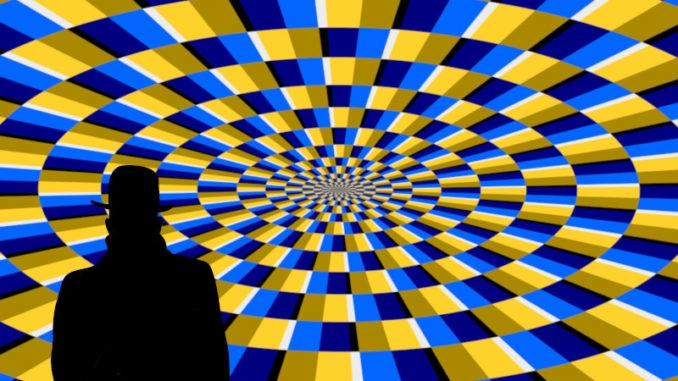
Understanding optical illusions with René Magritte


Sometimes it shows us images that in reality do not exist or are physically impossible. Images that are processed by our brain, but which present a different reality. These are called optical illusions. A principle that René Magritte, the famous Belgian painter, was able to exploit to create remarkable canvases known all over the world.
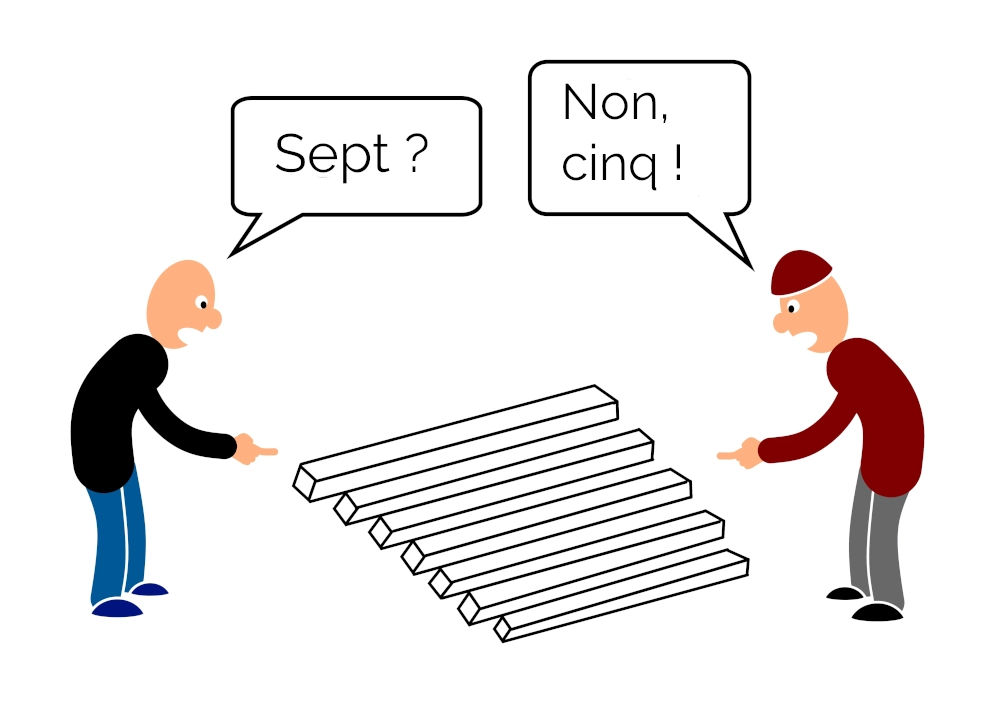
To fully understand the principle, we will start with simple observation experiments of the images below. Take a good look.
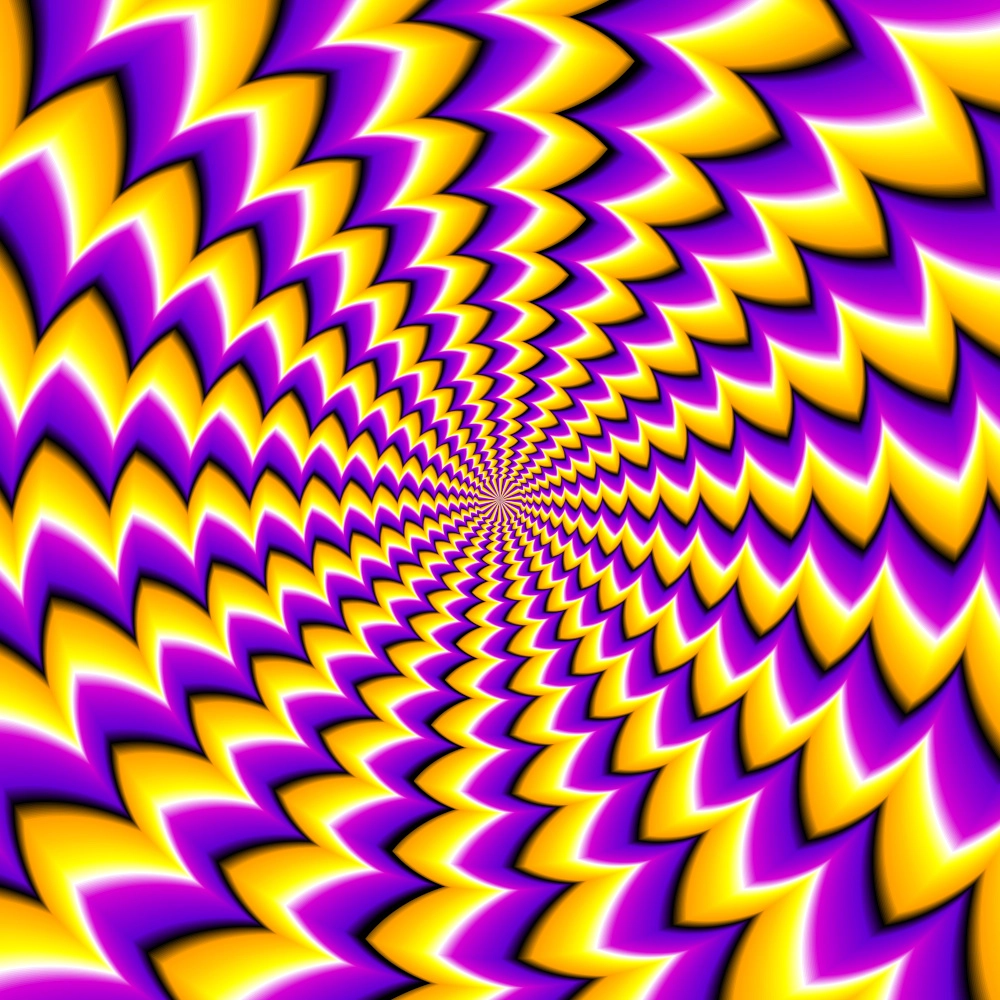
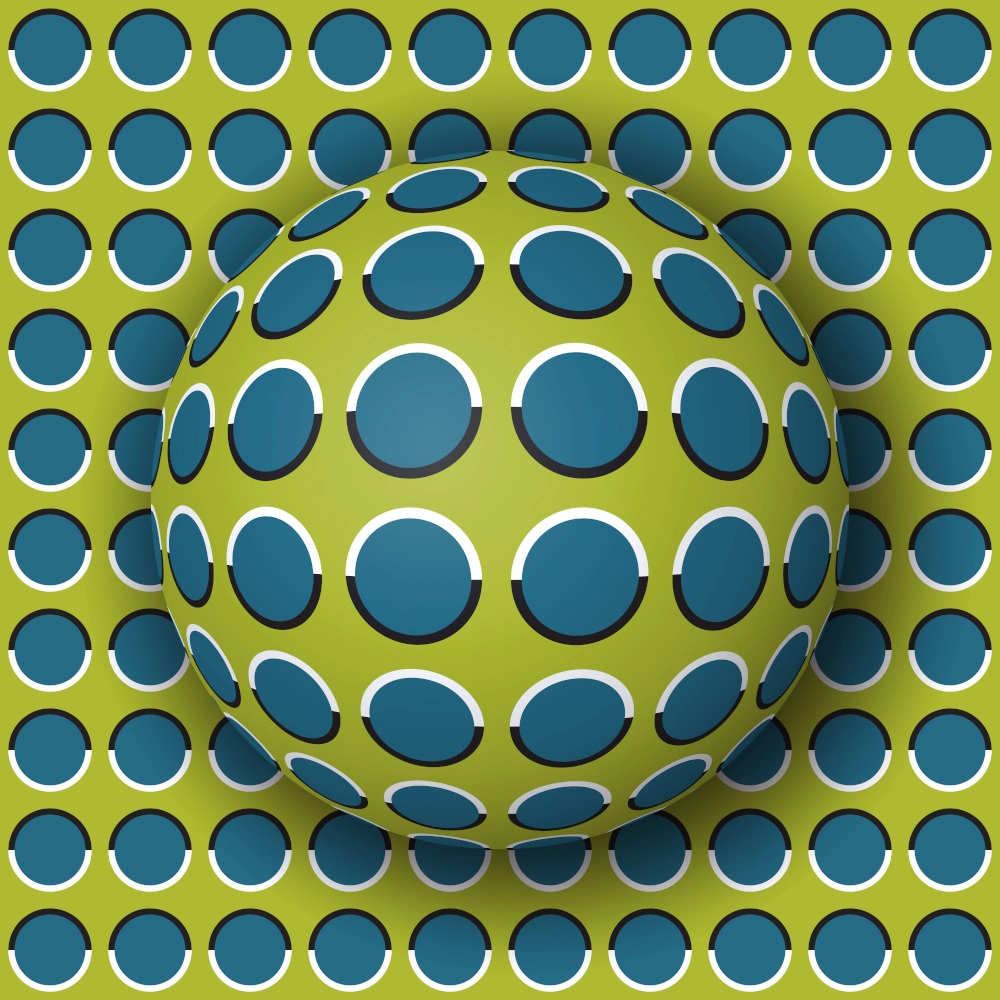

Does the first one make you feel like it’s spinning?
Do you see the balls going up or down on the second one?
Does the third one show a tree or a couple kissing?
Everything you look at forms an image on your retina, an organ at the back of your eye. From the retina, a signal is sent to the brain through the optic nerve. So our brain receives information that it tries to understand. In the case of the images above, our brain tries to make sense of what it sees through our eyes. Because of this desire to interpret our environment, our brain sends us images that do not correspond to reality.
For example, the little guy is sitting up high. Your brain understands that he had to climb the ladder to sit at the top of the volume. So your brain thinks it’s normal for the ladder to rest on the perpendicular wall, when in reality it’s impossible. Your brain makes this situation possible because it is obvious that the little man needed the ladder to get up there.
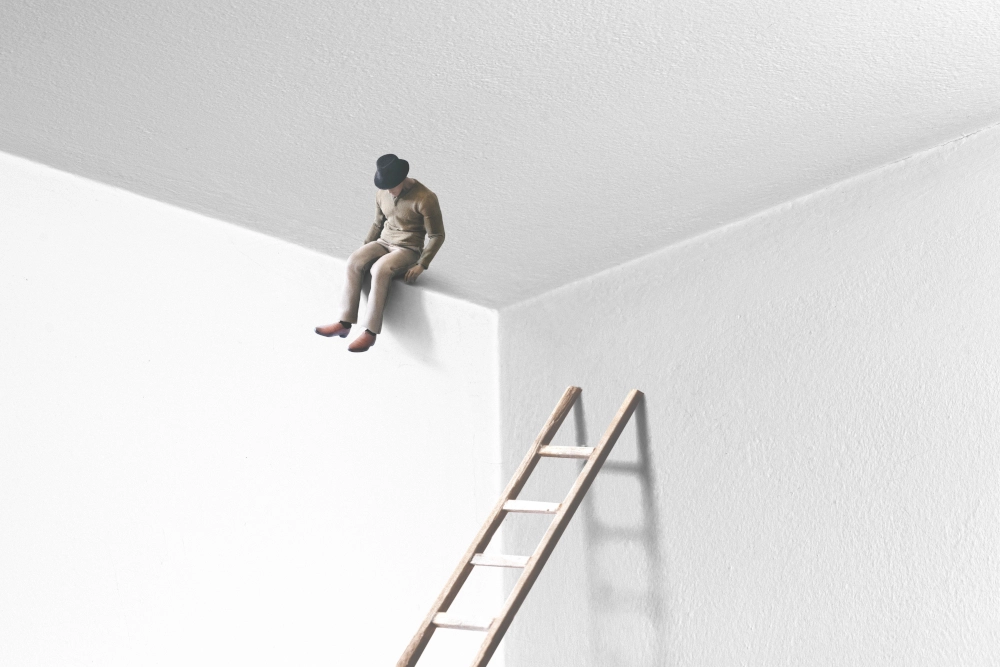
Your brain can’t help but interpret both the lines and the edges. So in the picture on the right, your brain makes the arrow below look smaller than the one above. In reality, if you measure the length of the line segments, you will see that they are identical.
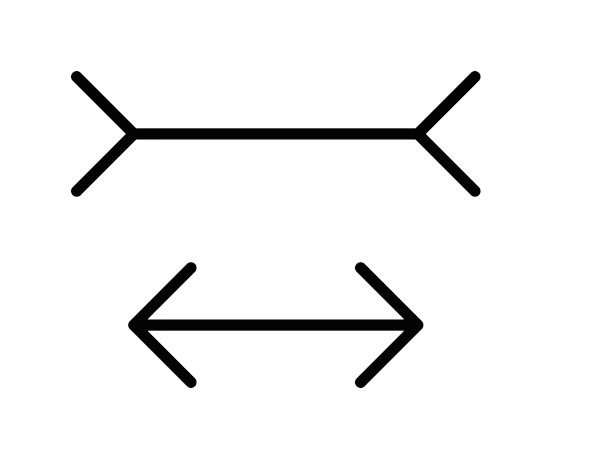
Many artists have played with optical illusions to create incredible effects on their canvas. The best known is Maurit Escher, but also Tomek Setowski, Robert Gonzalves Savator Dali, and Jos de Mey. Another famous artist known for his illusions is René Magritte, the Belgian surrealist painter, recognizable by his bowler hat.

In the video below, you will fix the central white point. Then, the image will change, and you will continue to fix the central point. What do you observe?
The second image appeared coloured to you. In reality, it is black and white. But your eye, which stared at the first image full of colour, gave you the impression that the next image was also coloured.
This illusion is what we call an afterimage. It means that the previous image continues to exist in your brain even though it is no longer in front of you. This stored image is superimposed on the current black and white image. That is why you see it in colour.
Magritte will use this game of illusion in many paintings. If you visit the museum, you will see that there are many trompe l’oeil paintings, where a turbulent river is actually made up of characters in white hooded figures, canvas where night rubs shoulders with day so that you can’t tell whether the painting represents day or night.
His painting entitled The Blanc-seeing shows that Magritte understood perfectly well that our brain was showing us what we wanted to see, rather than even the absurd reality. In this image, we can see a horsewoman, cut in slices, walking between the trees. At times you have the impression that the horse is in front of the tree, yet the rider seems to be part of the tree. To create this painting, he used the technique of the impossible trident.
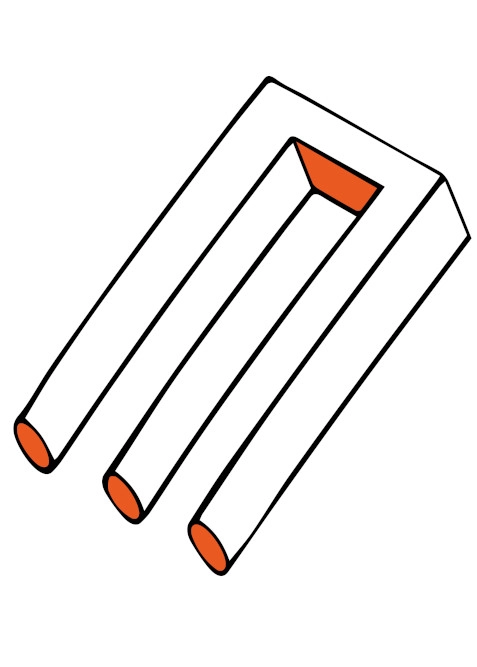
In Paris, there is a museum dedicated to optical illusions.
More than just fun, optical illusions arouse the curiosity of researchers because they provide a better understanding of how our brains work.


Copyright © 2023 | CurioKids.net - All rights reserved